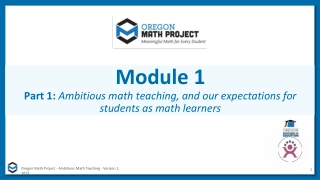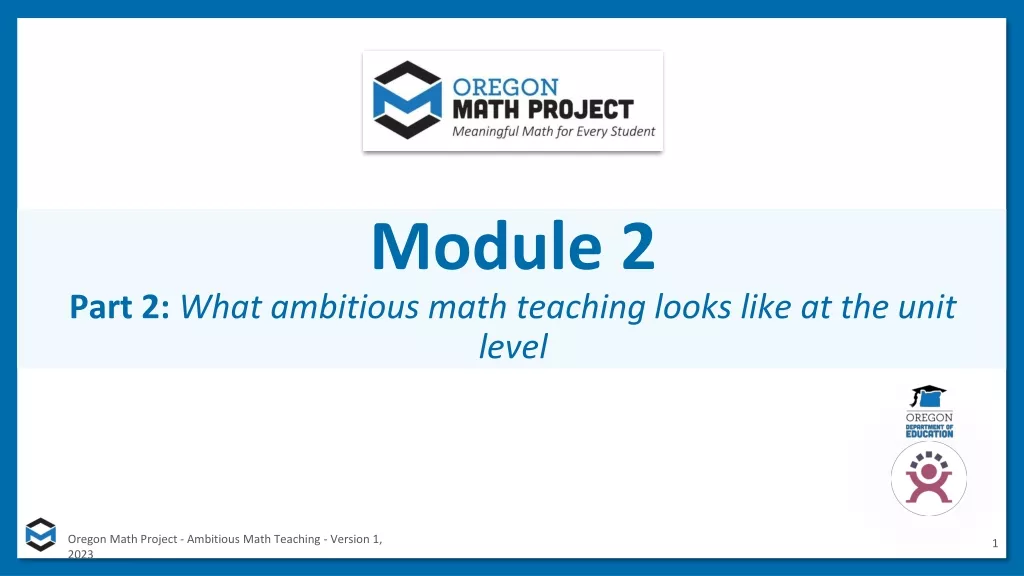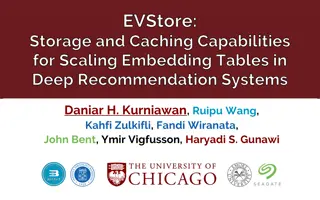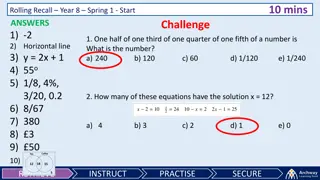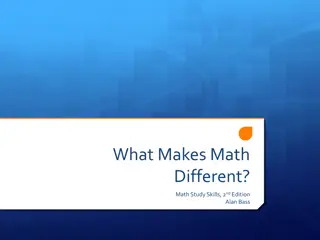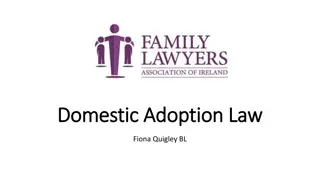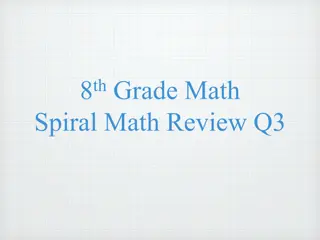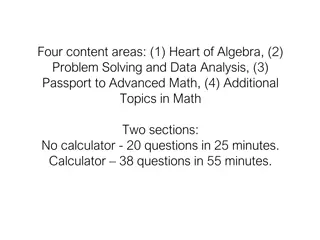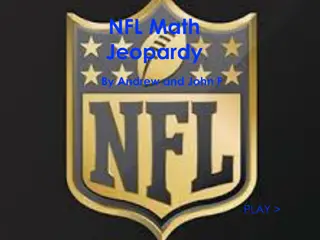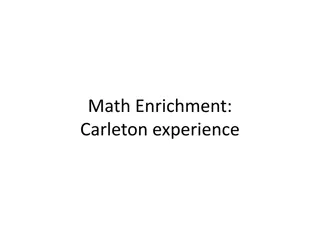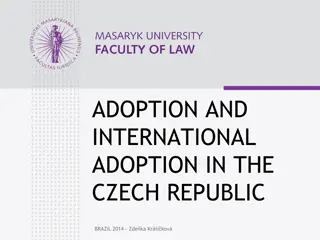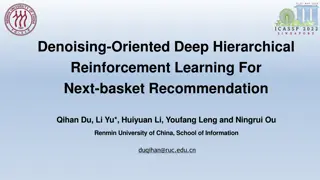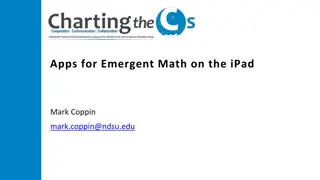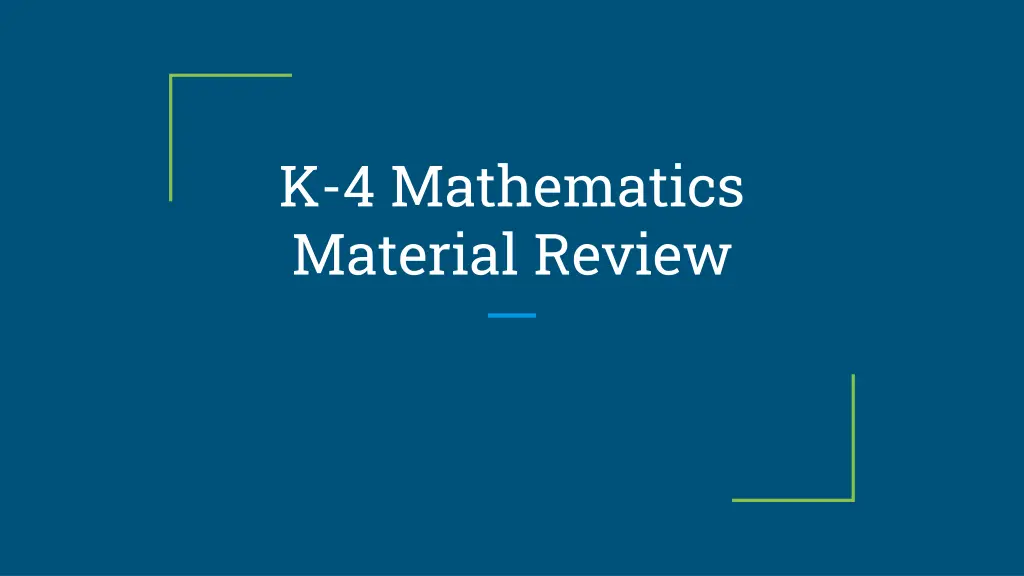
Mathematics Material Review and Adoption Process
"Explore the detailed process of reviewing and adopting mathematics materials for K-4 education, involving a committee of educators, instructional coaches, and principals. Follow the steps from identifying parameters to making informed decisions based on research and data analysis."
Download Presentation

Please find below an Image/Link to download the presentation.
The content on the website is provided AS IS for your information and personal use only. It may not be sold, licensed, or shared on other websites without obtaining consent from the author. If you encounter any issues during the download, it is possible that the publisher has removed the file from their server.
You are allowed to download the files provided on this website for personal or commercial use, subject to the condition that they are used lawfully. All files are the property of their respective owners.
The content on the website is provided AS IS for your information and personal use only. It may not be sold, licensed, or shared on other websites without obtaining consent from the author.
E N D
Presentation Transcript
K-4 Mathematics Material Review
K-4 Math Adoption Committee Team Members: Teachers: Darren Sheaffer, Andrea Edwards, Papu Matau, Jill Salmon, Patti Cutler, LeAnne Tevlin Instructional Coaches: Pat Jones, Malinda Huddleston Principals: Ingrid Colvard, Denise Pearl, Malinda Huddleston Norms - - - - Assume positive intent and recognize different perspectives are helpful Data, research, and experience will all be used to make an objective recommendation Keep a long-term and wide range perspective (students and teachers change) We will communicate transparently and regularly throughout the process
Summary of our Process Step One: IdentifyParameters and Goals Identify applicable state laws and federal guidelines - learning standards, graduation requirements, content area frameworks. Know the rules of the road gather school board policies related to instructional materials selection and adoption and district procurement procedures. Woodland SD Policy 2020 Understand your district capacity with regards to budget, time, staff, and technology. Initial Survey Define what an effective course will look like - identify and agree upon success metrics and reporting tools. Publisher Criteria
Summary of our Process Step Two: Analyze Current Course and Resource Understand where are you currently consider effectiveness of course design and alignment of instructional materials to state learning standards by analyzing student data, soliciting input from teachers, and leveraging existing instructional materials reviews. WSD Considerations: Usability, Alignment of Content and Math Practices, Accessibility, Computational Fluency Based on the assessed needs, consider your options. Three resources rose to the top Bridges Math Expressions Ready Math
Summary of our Process Step Three: Review Materials Search critically Publisher Criteria Everything we looked at was based on good teaching and research. All the options reviewed were aligned with CCSS. A major factor in the conversation was user friendliness. Equity and time were additional consideration. All student and parent materials are available in Spanish and accessible to parents (for all 3 resources we reviewed). Length of instructional times varied but were typically a 60 minute instructional period of time. Review with recognized rubrics for the evaluation of instructional materials Initial Review
Summary of our Process Step Three: Continue Review of Materials The team came to a consensus on the following decisions Not to pursue Bridges for further review. While the Bridges resource was aligned and has positive teacher reviews from other districts, the company is difficult to work with and support for implementation is weak. The resources were not user friendly. Not to pursue Math Expressions. It didn t meet the rigor standard or usability standards. Pilot Ready Math - Ready Math scored highest and demonstrated strengths in the areas of rigor, fluency, and problem solving. Ready Math also demonstrated they provide robust support for implementation and ongoing support.
Summary of our Process Step Three: Continue Review of Materials Pilot of Materials Student Feedback Teacher Feedback On 3/4/19 the committee unanimously recommended Ready Math to the board for adoption in grades K-4
Ready Classroom Pricing Estimate for Woodland Student Enrollment Grade Level 1 year 6 year (pre-paid) Kindergarten 175 $ 7,175 $ 32,900 First 198 $ 8,118 $ 37,224 Second 178 $ 7,298 $ 33,464 Third 181 $ 7,421 $ 34,028 Fourth 199 $ 8,159 $ 37,412 TOTAL $ 38,171 $ 175,028 Includes Print and Digital access for Teachers and Students PD is required annually (see below)
Summary of our Process Step Four: Implementation Planning Plan for communicating with stakeholders Plan for ongoing, job-embedded professional learning Measure impact of course on student engagement and achievement

